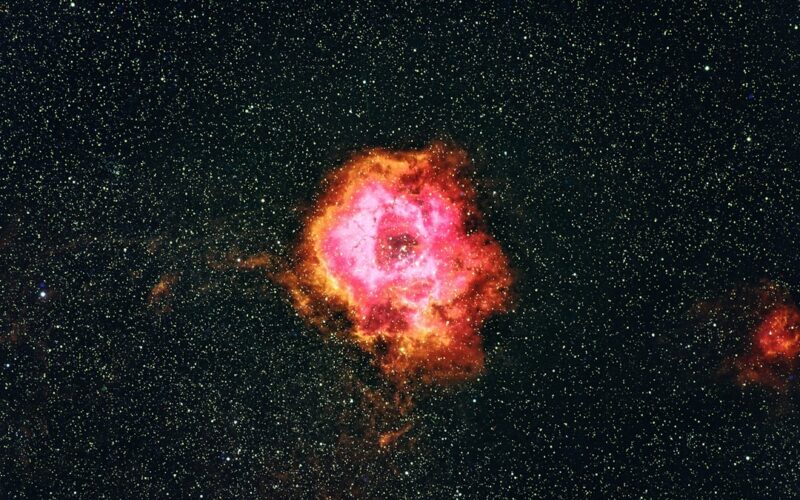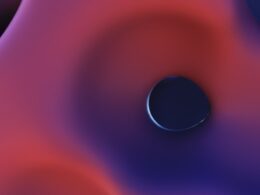In a cosmic drama worthy of science fiction, astronomers have detected what appears to be a brand-new type of supernova — one that exploded not on its own, but after a deadly dance with a black hole companion. The rare event, dubbed SN 2023zkd, was captured within hours of its explosion thanks to a cutting-edge artificial intelligence system led by researchers at UC Santa Cruz.
When Stars and Black Holes Collide
It all began in a binary system where two massive stars orbited each other like cosmic partners. Eventually, one star reached the end of its stellar life and went supernova, with its core collapsing into a black hole — the universe’s ultimate heavyweight. For years, the remaining star and its black hole partner continued their gravitational waltz. But when the massive star grew so large it tried to engulf its black hole companion, things took a catastrophic turn. Instead of swallowing the black hole, the star was ripped apart by its companion’s immense gravity, triggering a violent and unusual supernova explosion.
“This event reveals that some supernovae can be triggered by black hole companions, giving us new insights into how some stars end their lives,” said Ashley Villar, assistant professor at the Harvard-Smithsonian Center for Astrophysics.
AI Catches the Cosmic Oddity
What makes this discovery even more remarkable is how quickly it was spotted. Using an AI tool called Lightcurve Anomaly Identification and Similarity Search (LAISS), astronomers were able to catch SN 2023zkd just hours after it exploded. “Humans are reasonably good at finding things that ‘aren’t like the others,’ but the algorithm can flag things earlier than a human may notice,” explained Ryan Foley, associate professor at UC Santa Cruz.
The AI flagged the anomaly in real time, alerting astronomers worldwide and enabling rapid follow-up observations across multiple wavelengths with major observatories. As scientists studied SN 2023zkd’s light curve — how its brightness changed over time — they noticed it started off like an ordinary supernova before fading in an unexpected pattern. Researchers are still working out the exact mechanism behind this rare event, but agree that it’s unlike anything seen before.
Behind the scenes, this discovery was powered by both machine learning and sharp-eyed scientists like Gagliano and Foley. Their teamwork helped confirm that what they found wasn’t just another exploding star, but something truly extraordinary — proof that sometimes in space, even supernovas don’t go out alone.










